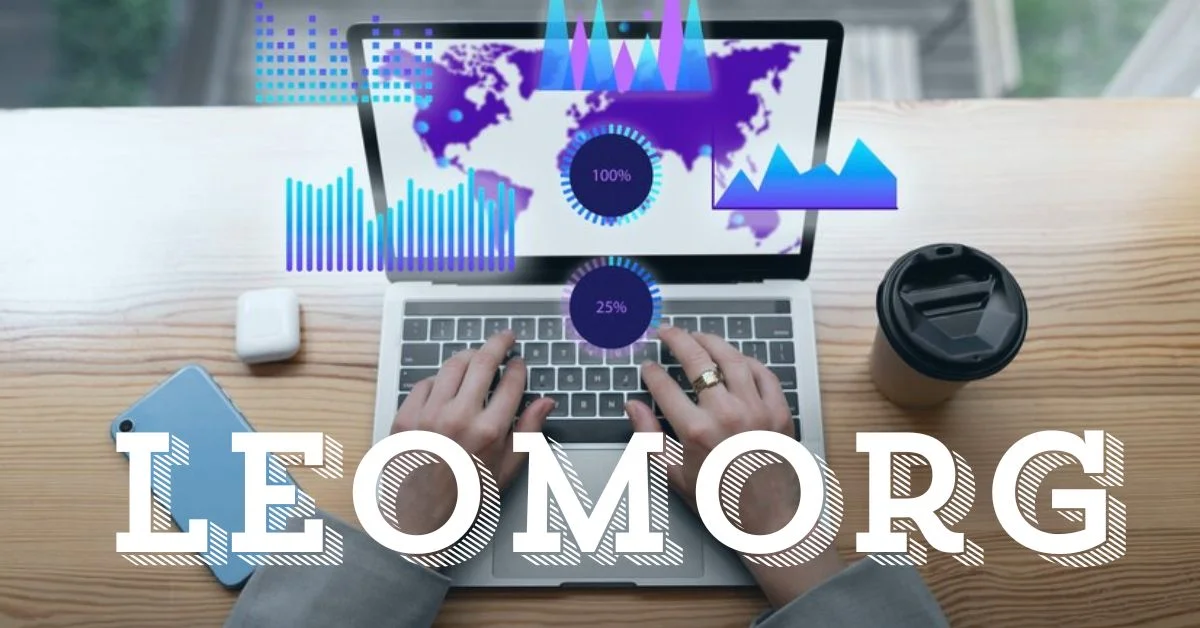QR codes, or Quick Response codes, have become a ubiquitous element in our daily lives.But what exactly are QR codes, and how did they rise to such prominence? This article delves into the origins, evolution, and current applications of QR codes, exploring their impact on businesses, consumers, and society at large.
The Origins of QR Codes
The story of QR codes begins in 1994 when Denso Wave, a subsidiary of the Japanese company Denso Corporation, developed them.
The Evolution of QR Codes
By simply scanning a with a mobile device, users could access websites, download apps, or retrieve contact information.
The widespread adoption of smartphones and the integration of QR code readers into mobile operating systems were pivotal in the evolution of . As businesses recognized the potential of for marketing and customer engagement, they began incorporating them into their strategies.
Restaurants, for example, replaced traditional menus with that customers could scan to view menus on their phones. Similarly, contact tracing apps in many countries used to track and monitor the spread of the virus.
The Technology Behind QR Codes
At first glance, QR codes might seem like a random assortment of black and white squares, but they are actually highly structured.
The layout of a QR code is carefully designed to ensure accurate scanning. Key features include:
Finder Patterns:
These are the large squares located at three corners of the QR code.
Timing Patterns:
These lines connect the finder patterns and provide information about the size and structure of the code, ensuring that it can be scanned accurately.
Alignment Patterns:
These smaller squares help the scanner adjust for any distortion that may occur during scanning.
Data and Error Correction:
The rest of the contains the actual data and error correction codes.
Marketing and Advertising:
For example, a poster for a new movie might include a that links to a trailer or a ticket booking page.
Retail and E-commerce:
QR codes are commonly found on product packaging, where they provide additional information such as ingredients, usage instructions, or product reviews.
Payments and Banking:
are increasingly being used for mobile payments, allowing customers to make transactions quickly and securely. In some countries, payments have become the standard for small businesses and street vendors.
The Future of QR Codes
As technology continues to evolve, so too will the applications of .
However, the widespread use of also raises some concerns, particularly around security and privacy. As a result, it’s essential for users to be cautious when scanning , especially those from unfamiliar sources.
Conclusion
QR codes have come a long way since their inception in the 1990s. From their early days in the automotive industry to their widespread use in marketing, retail, and beyond, QR codes have proven to be a versatile and powerful tool.







